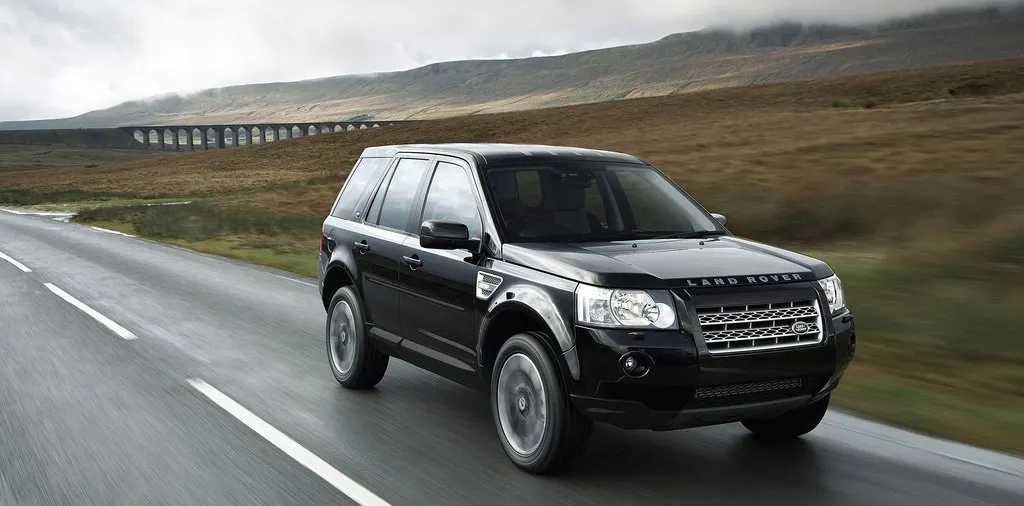When it comes to four-wheel drive off-road vehicles, you must mention Land Rover. As a representative of high-performance luxury off-road SUVs, Land Rover has always been commendable for its strongest passing performance and unparalleled off-road capabilities. Its hardline luxury image is deeply rooted in the hearts of people and also achieved outstanding achievements in the market. However, the Land Rover brand has not been smooth in its development for more than 60 years, and the brand that changed its ownership frequently once made Land Rover homeless. Let’s take a look at the development of the Land Rover brand.
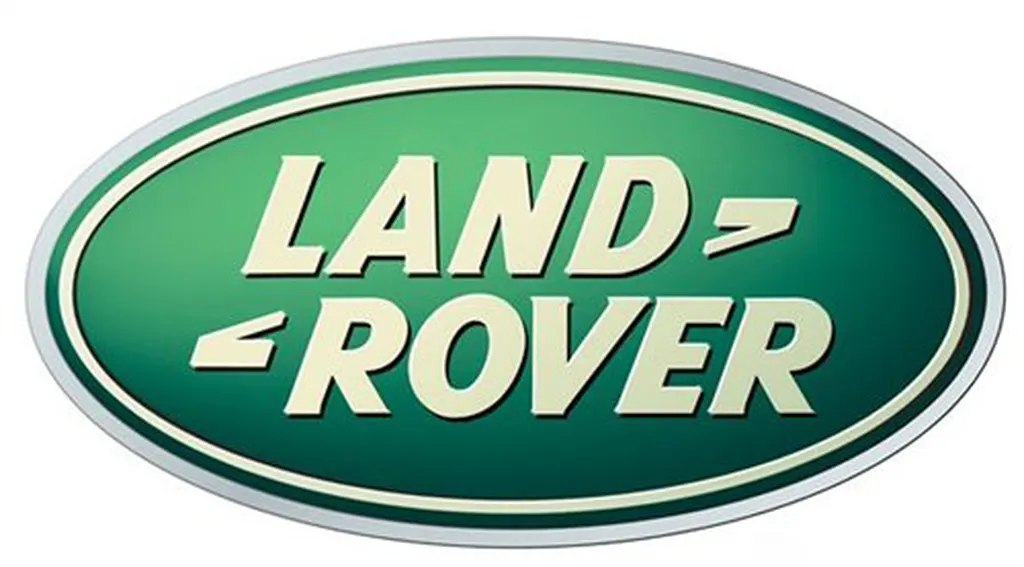
In 1945, after the end of World War II, the British Rover Motor Company established a firm foothold in the local market, and obtained the Solihull plant built before the war free of charge. In order to give full play to the scale advantage of the plant, Rover decided to develop a brand new car model. At that time, the core figures in charge of the company’s power were the Wilks brothers-Spencer and Maurice. They decided to produce a lightweight four-wheel drive multi-functional vehicle inspired by a US Willis JEEP left after the war when they were working in the farmland. The research and development concept of the new vehicle was that it could drive under the adverse road conditions such as farmland.
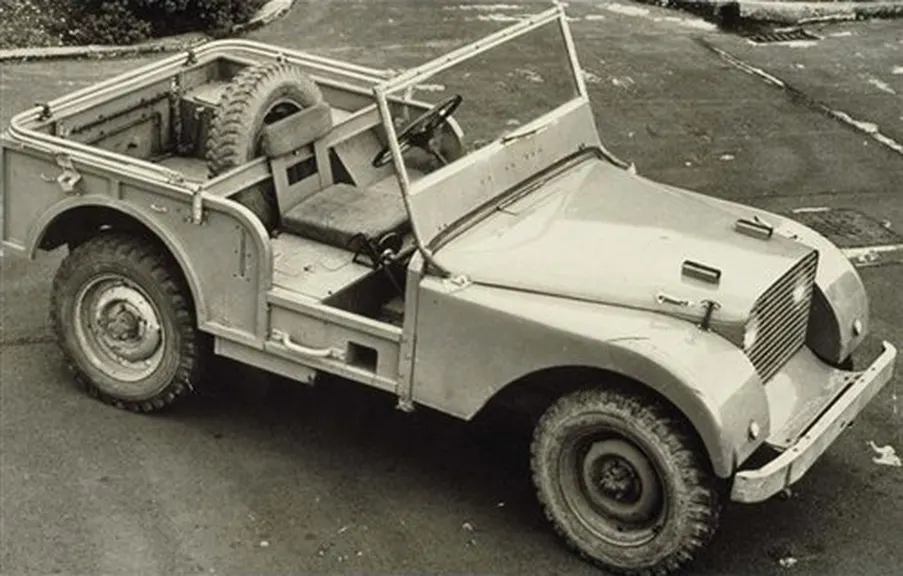

In the summer of 1947, the first prototypes were assembled and the new car was named “Land Rover”, meaning Rover (Rover is a trademark of Rover Company) that can be used for farming. The meaning of Rover first refers to a brave and warrior pirate nation in Northern Europe. Rover’s car logo is a pirate ship. The red sails on the pirate ship symbolize the company’s fearless spirit of riding the wind and ploughing the waves. The original Land Rover brand from Rover Company used the same pirate ship logo as Rover.

In 1948, the work of manufacturing Land Rover cars at the Solihull plant was in full swing. The original model was driven by a 1.595L gasoline engine, and for the first time a gasoline engine was used to drive a four-wheel transmission system with a low transmission ratio, which improved the off-road driving capability of the vehicle. This feature has also become a unique symbol of Land Rover. Because its wheelbase is 80 inches, the codename of this first Land Rover is also called the 80-inch passenger model, made a splash at the Amsterdam Motor Show in April 1948. This car not only aroused the interest of the majority of British farmers (as the main force of the British economic recovery, farmers are not subject to tax restrictions on buying cars), it also opened up a large overseas market breakthrough for Rover, and orders began to fly like snowflakes. The output in the first year was only 3,048, but the output of the model in 1949 reached 8,000, and the output of the model in 1950 doubled to 16,000.
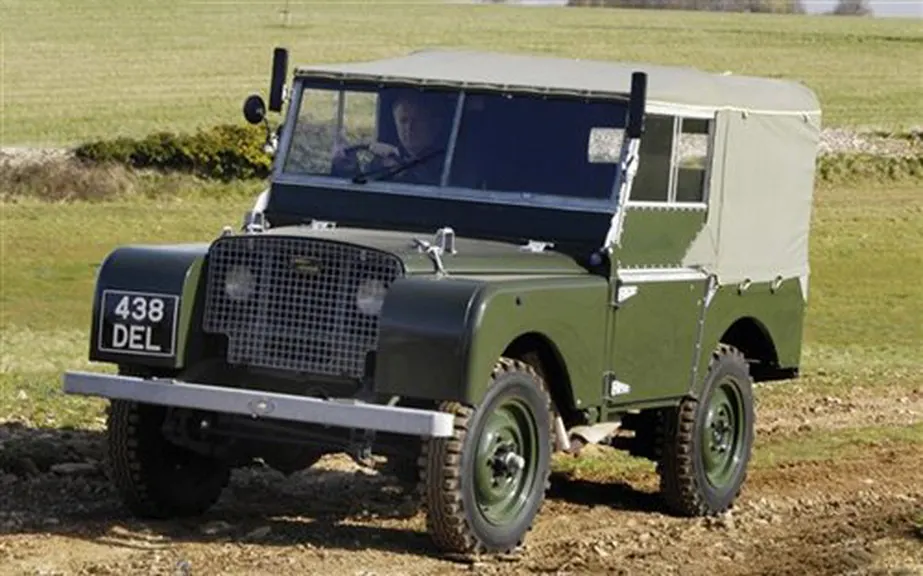
With outstanding off-road performance, Land Rover models are also loved by the military. In 1949, the British Army ordered its first Land Rovers, and the company also provided the army with a number of experimental vehicles. The “British Armed Forces” eventually adopted many different Land Rovers models as standard lightweight four-wheel drive vehicles. The emergence of Land Rover has enriched Rover’s product range, and more importantly, the Wilks brothers have rescued the Solihull plant.
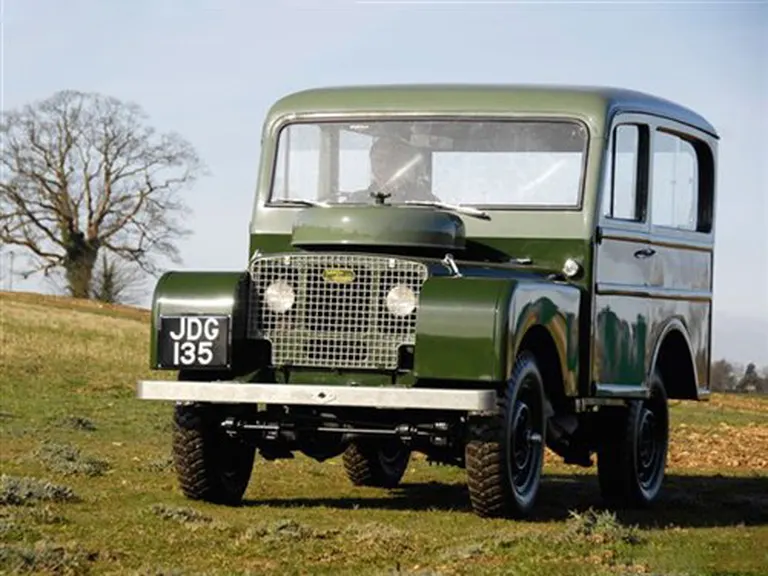
In the 1950s, with the establishment of Land Rover’s market position, designers began to further improve it in order to better meet customer needs, and they showed amazing imagination during the development process. In 1950, designers abandoned the one-way clutch. Two years later, the designers increased the engine displacement to 1.997L. In addition, the company launched body and chassis with different wheelbases. This series of measures were forward-looking in those years. In 1955, a long-wheelbase car was introduced. This 107-inch wheelbase was used in a 4-door station wagon. On the 1958 model, the wheelbase was further extended to 88 and 109 inches, and the diesel engine (Land Rover’s own 2-liter engine) was used for the first time. In the same year, the company launched the “II Series” models with significant improvements at the tenth anniversary of its establishment. The original “I Series” Land Rover models have exceeded 200,000 units.
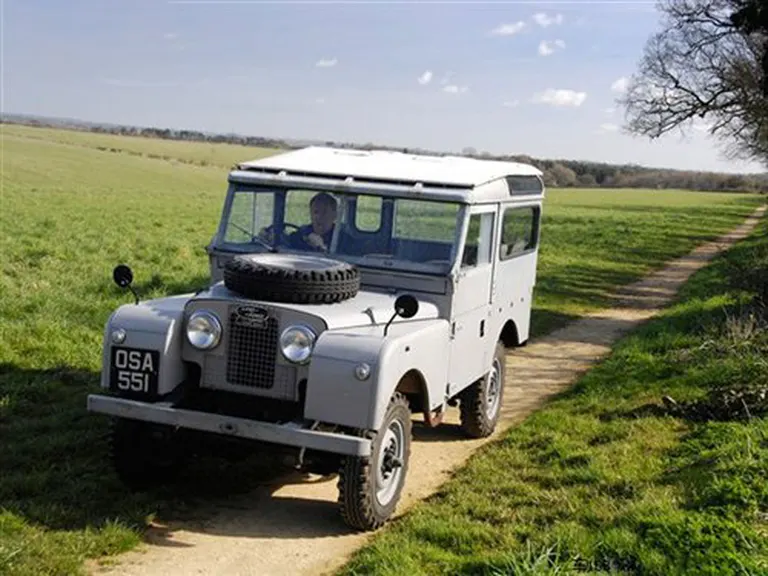
By 1959, the 250,000th Land Rover vehicle had left the production line in Solihull in West Midlands. Land Rover had changed the original face of agricultural vehicles and completed the successful transition to off-road vehicles. So far, Land Rover’s successful position in the market has been established.
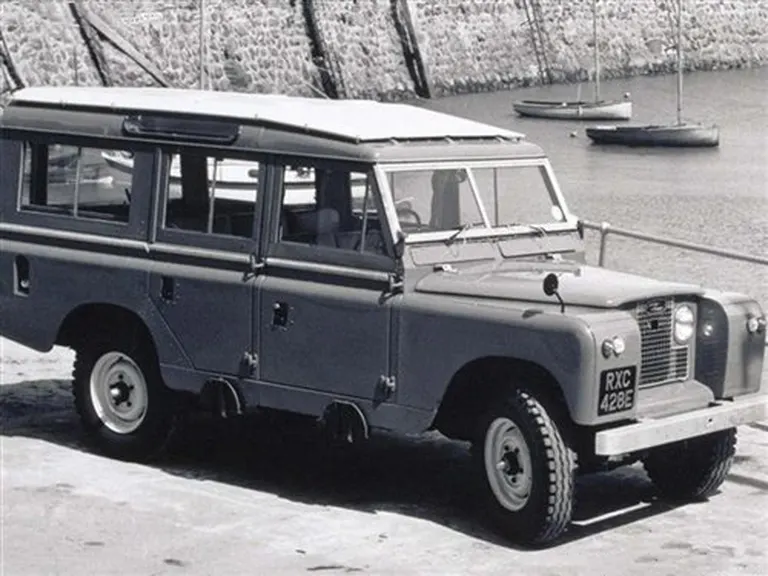
In the 1960s, Land Rover’s glory continued. In 1961, Land Rover’s redesigned “IIA Series” model came out. The 500,000th Land Rover was produced in April 1966. In the same year, Rover Company merged with Leyland Motors and became the Jaguar-Rover-Triumph division of Leyland Motor. Although the parent company was acquired, Land Rover did not stop its pace. One of the last improvements to the durable “IIA series” was in 1968-1969, when the headlights were moved from the original position of the radiator grille to the front wing fender to meet the legal requirements in many markets.
Land Rover’s popularity in the 1960s was not surprising, because the 4 wheel drive market in the 1960s was very hot, this has been understood by Rover after an in-depth market research analysis in 1966. In addition to this, the survey also showed that Land Rover occupies no less than 1/3 of the world market share of similar vehicles, which is indeed a good performance for the newly started Land Rover. However, the most interesting thing is that the survey shows that two-thirds of Land Rover owners are around 65 years old, and the use is mostly for leisure or general transportation, rather than the agricultural or mountain off-road use originally envisioned by the designer. So in 1966 the company began to consider combining Rover’s comfort, quietness and road performance with Land Rover’s off-road performance. The design made the 6-cylinder engine debut on the Land Rover, and soon the luxury front seats were added. These configurations add refined and comfortable features to the basic Land Rover models.
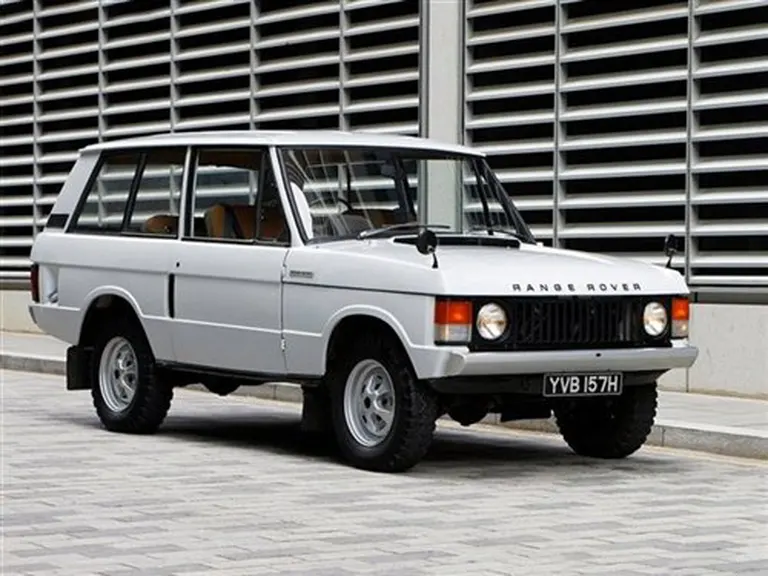
If you want to say what is the most successful Land Rover product, many people will say it is the Range Rover series. In fact, as early as September 1967, Land Rover’s first full-size prototype was successfully manufactured. It was the prototype of the Range Rover. Its body with strong lines continued the tradition, and the vehicle test results were also very satisfactory. Listing is just around the corner. In 1968, the production began, and the model was temporarily named VELAR (Spanish, which means secret in secret) until it was finally named RANGE ROVER. At the same time as mass production, the various road tests were carried out very smoothly. On June 17, 1970, Land Rover announced to the media that the Range Rover series was launched. It was equipped with a 3.5-liter V8 gasoline engine from Land Rover and a wide coil spring that replaced the old leaf spring of Land Rover. Compared with the original model, the Range Rover has the same ability to overcome harsh conditions and cross-country, and at the same time, it can also bring the comfort and high performance of driving on the road. The persistence in the design direction over the years has brought unprecedented victory. For a time, all the distributors were crowded, and the waiting list in line is endless. The price of 998 pounds, excellent off-road capability, comfortable and spacious interior space, and the perfect detail manufacturing have become a symbol of the times. The high sense of driving brings a brand-new feeling to many high-end car customers.
Shortly after its launch, Land Rover realized that the comfort and spaciousness of the Range Rover series had become a darling of the market, not just because of its off-road capabilities. With the introduction of Range Rover models, honors are rolling in. In October 1970, the range rover won a series of medals such as “the best model on display” at the Earl auto show in England. In 1971, the CAR magazine rated the range rover as the best model in 1971. In the same year, the Dewar trophy of RAC in London gave the range rover the honor of ” Britain’s best technological innovation in the history of automobile industry”. The French even displayed a range rover in the Louvre’s art gallery, which they called a masterpiece of modern sculpture.

From 1970 to 1971, Land Rover’s highest annual output reached 56,663 vehicles. At that time, the profitable Land Rover still had new products to join. Since 1971, Range Rover has also been listed with the “III series” Land Rover, which has a unique molded plastic grille, and for the first time used a fully synchronized gearbox. The 1,000,000th Land Rover was produced in 1976, which was another milestone.
However, Range Rover’s initial success did not extend to the North American market. The high cost of complying with the changing safety and emissions regulations in the North American market discourages many manufacturers. In the end, Land Rover also withdrew in 1974 and only re-entered the market 25 years later. At the same time, Land Rover also had some problems because of the financial crisis of Rover’s parent company Leyland Motor Company. Difficulties reached culmination in 1974, and Leyland Motor Company was nationalized by the British government that year. Under this circumstance, the government conducted an investigation on the whole organization. Rover was spared bankruptcy due to the huge amount of investment, but the management ’s plan to expand the production of 4WD vehicles was not implemented.
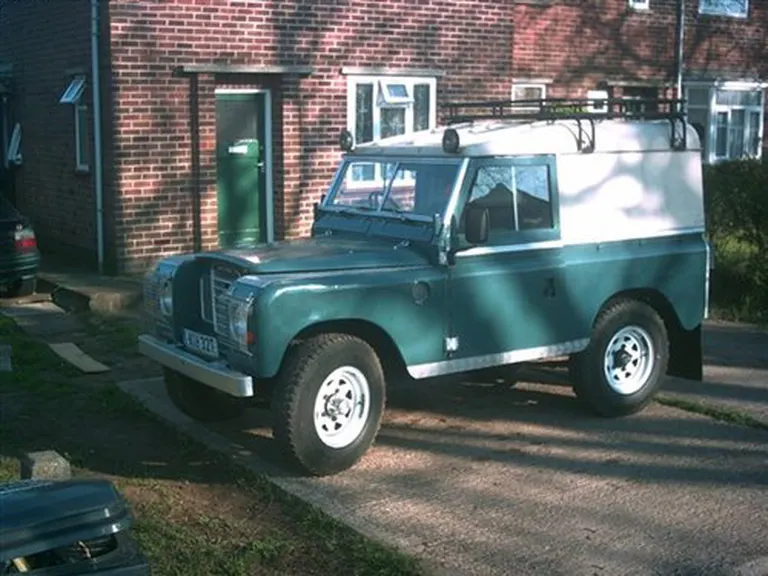
After Michael Edwards, the new executive director of Leyland Motors, took office in 1978, the company moved in a new direction. His first move was to divide the British Leyland Motor Company’s automotive business into two semi-autonomous divisions, one of which is Jaguar-Rover-Triumph limited Company. Then the company was split into Jaguar, Rover-Triumph and Land Rover limited Company. Finally, the four-wheel drive was able to get the attention it deserved, and its management secured Land Rover’s investment and production permits. This allowed Land Rover to insert its wings and try to fly.
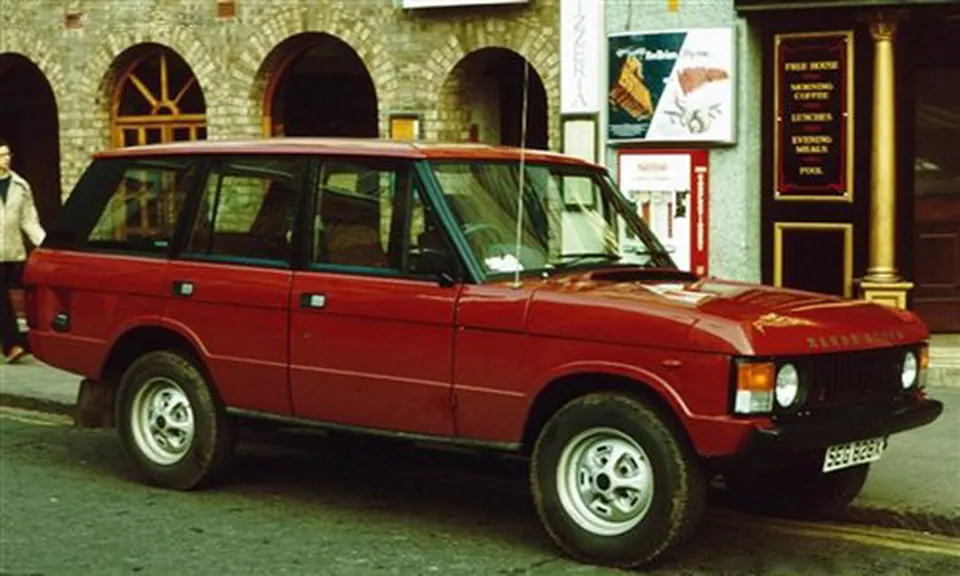
By 1980, Land Rover and Range Rover have been further developed. In 1980, Land Rover used a new four-cylinder gasoline and diesel engine, featuring a 5-shaft diameter crankshaft. In 1982, the automatic transmission became an option for Range Rover, and launched the first luxury fashion boutique in a limited number. In 1983, the 5-speed gearbox became standard parts. In 1982, the Land Rover product line was enriched by the introduction of a well-equipped country station wagon and a new 109-inch heavy-duty passenger and cargo double-service truck.
On Christmas Eve in 1985, Land Rover’s new company, the North American Range Rover, was finally established, which laid the foundation for the new product launch of Land Rover in the United States in 1987. Customer surveys once again show that Range Rover is favored by high-income people. Therefore, when the first Range Rover was launched in the United States, all vehicles were uniformly equipped with air conditioning, navigation control devices and automatic transmission systems. As a result, Land Rover officially embarked on the track of high-end off-road vehicles.
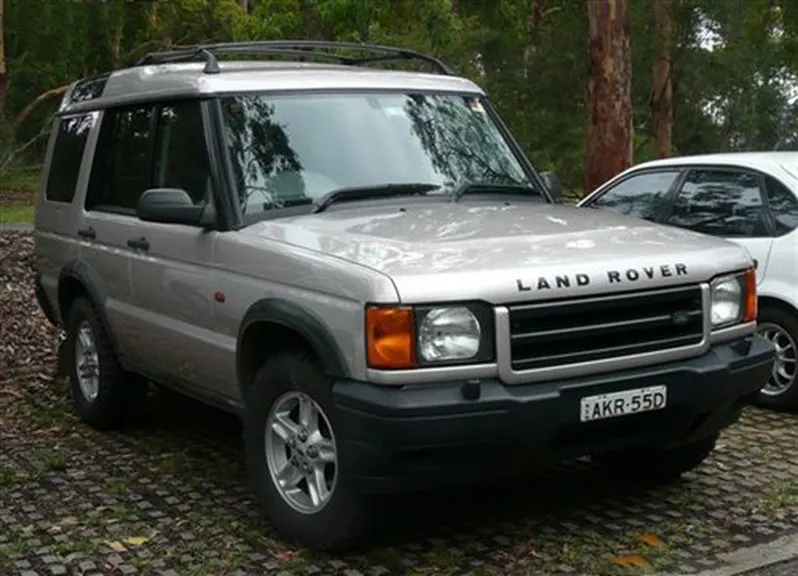
While the Range Rover series products gradually became mainstream, the gap between the old Land Rover series products named after the company and the Range Rover gradually widened. In order to solve this problem, at the Frankfurt Motor Show on September 16, 1989, Land Rover brought its new work – Discovery series, which started in Germany and began to appear in the world. Its goal is to push out a medium price touring car suitable for growing family and for leisure use, which borrowed range rover’s many technologies. At first, there were only three-door model, and in 1990, five-door model was added. The engine uses a reliable 3.5L V8 engine and Land Rover’s new direct injection turbocharged 2.5L TDI diesel engine. Discovery has achieved great success in both domestic and foreign markets, and Land Rover has worried many competitors.
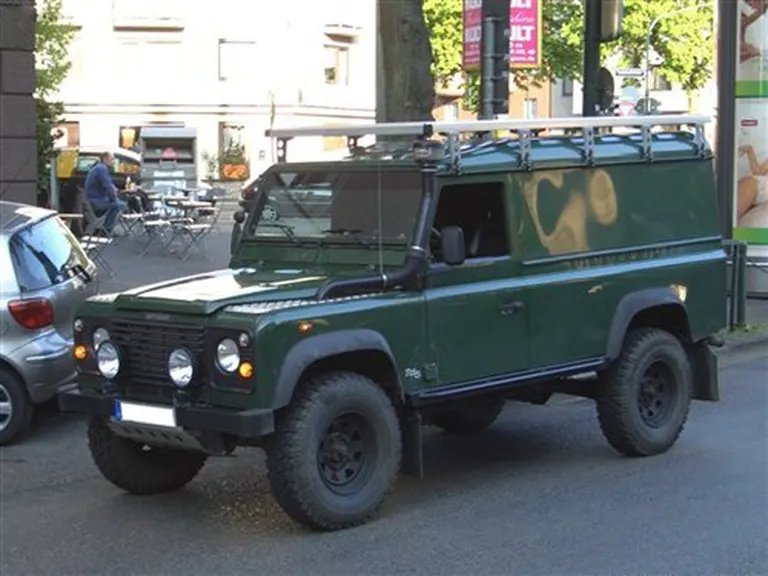
In 1990, to distinguish brands and products, Land Rover named the old Land Rover series as Land Rover Defender. At the same time as the name change, Land Rover also adopted the TDI engine that is planned to be developed by Discovery. Although it mainly involves the Discovery series and Range Rover series, the Defender series has also made some improvements in the development of its new brother products and achieved great development in the new market. In 1993, the 1,500,000th Land Rovers went offline, becoming another milestone for the company.
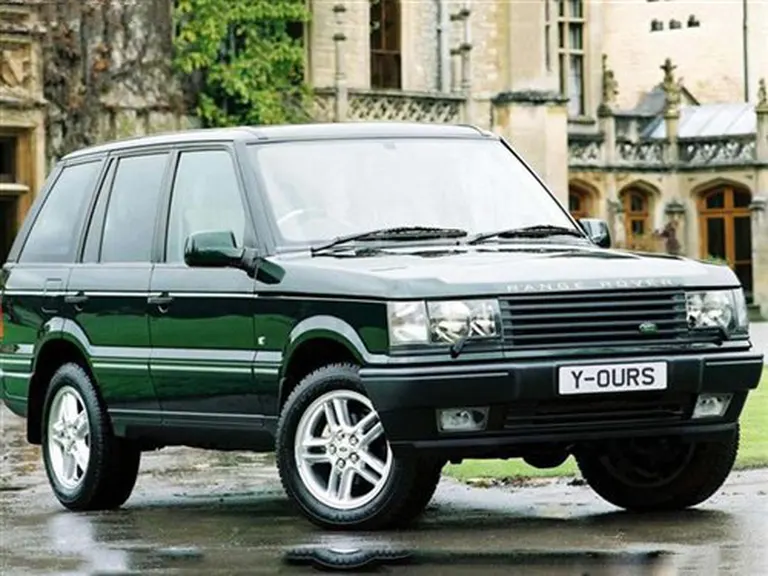
In 1994, Rover Company was officially acquired by BMW, and Land Rover was also continued to develop as an off-road vehicle brand under the group. Shortly after Rover was acquired by BMW, Land Rover launched a brand new Range Rover. The codename of this new Range Rover is 38A, which is different from all previous vehicles. The new Range Rover uses a new chassis concept and transmission system, and is equipped with an improved super-strong V8 engine and a 2.5L diesel engine purchased by BMW. The new Range Rover continues to produce, replacing the sales of the old Range Rover in the market. At the same time, the old Range Rover continues to be produced as the Range Rover Classic, but the total output dropped sharply after reaching 317,615 units in 1996.
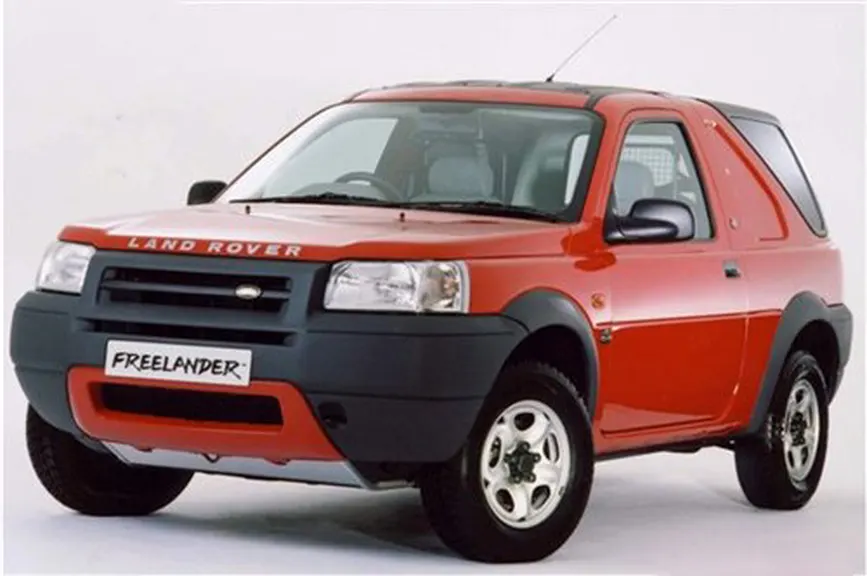
When Land Rover is approaching its 50th anniversary, it is already developing a new model. Some details were initially released in the spring of 1997, and it was revealed that this model would be called the Freelander Freelander. Freelander has launched many unique and innovative designs. These new features set a new sign for Land Rover’s products. “HDC” (Hill Descent Control) is an example. This device uses a complex anti-lock braking system to achieve control of the vehicle when driving on steep slopes; the integral body, independent suspension frame and horizontally arranged engine (still four-wheel drive), all of this is a completely new concept for Land Rover. These characteristics enable the Freelander to be as invincible in the market as its many brother products. By offering a 5-door station wagon or a 3-door model with a foldable soft tail, Freelander gives the brand the opportunity to enter the small and medium 4WD recreational vehicle market and launch a unique world-class four-wheel drive car. By providing a variety of products with different load capacities in various countries around the world, Land Rover vehicles has truly won the honor of “the most versatile car in the world”.
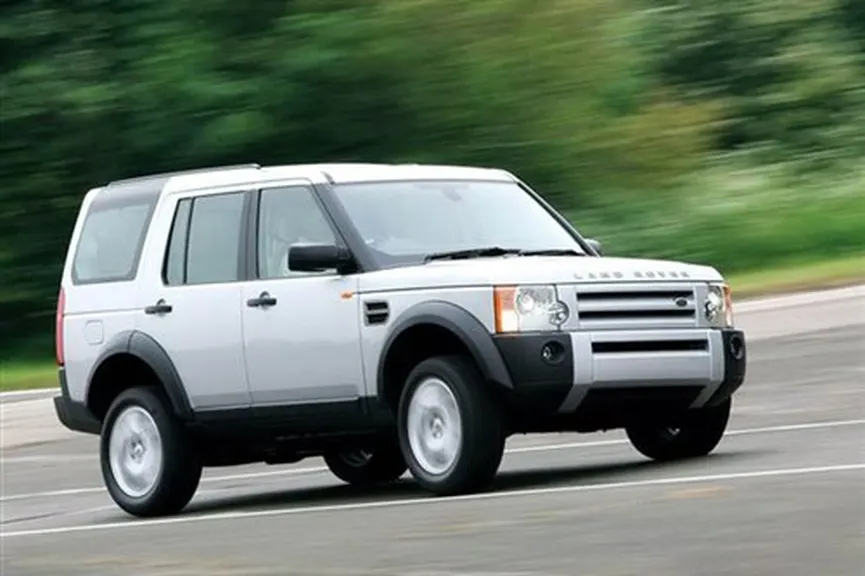
In March 2000, Ford paid 3 billion euros (US $ 2.7 billion) to the BMW Group to purchase all of its four-wheel drive series products, including Range Rover, Discovery, Freelander and Defender. Although the company’s ownership was transferred again, the research and development of Land Rover products continued: In 2004, it launched a new model – Discovery 3; released Land Rover’s unique patented off-road technology – Terrain Response; in 2005, launched Land Rover’s fifth nameplate- Range Rover Sport Edition; in 2006, the new Land Rover Freelander 2 was launched; in 2007, the new 2007 Defender was officially launched.
If the expenditures on product development and other aspects are added, Ford has spent more than $10 billion on the two brands of “Jaguar and Land Rover”. However, because the operating performance on these two brands has been lower than expected for a long time, as well as the deterioration of the overall business situation of Ford Motor Company in recent years, it has suffered huge losses year after year, and its position in the US and Canada market has been replaced by Toyota and Chrysler successively, which makes it have to shrink the front line and sell the two brands at a low price in order to focus on the main force. On March 26, 2008, Tata Motors, a subsidiary of Tata Group (a giant in Indian business), and Ford Motor Corporation issued a joint statement, in which Tata took Ford’s two famous automobile brands “Jaguar” and “Land Rover” under its management with a price of $2.3 billion.
Although the deal has not been favored by the industry, Tata’s third quarter financial report of fiscal year 2009, released after two years of concentrated operation, provides the best annotation for the success of the acquisition. Tata’s consolidated net profit for the third quarter was INR 6.5 billion (US $141 million), compared with a loss of INR 25.99 billion in the same period of fiscal year 2008; consolidated net sales were INR 259.8 billion, up 48% year on year. Among them, Jaguar Land Rover has a net profit of INR 4.16 billion. It can be said that the Land Rover brand, which often changes owners, has once again ushered in its own leap-forward development under Tata.
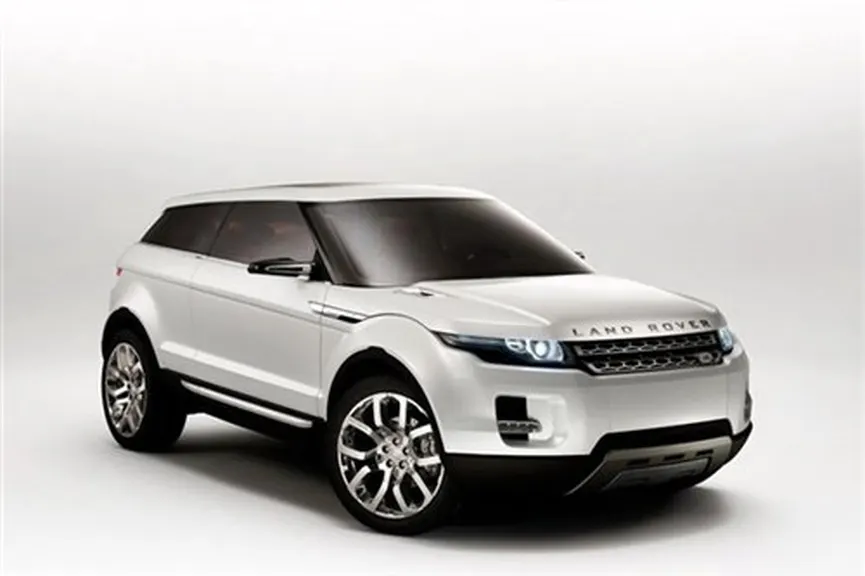
In 2007, in order to greet and celebrate the glory brought to Land Rover by the company for 60 years, Land Rover specially launched a concept car called LRX. The design concept of the LRX concept car is to perfectly reflect the future development trend of Land Rover. As a new generation of compact SUV, it also represents the epitome of Land Rover’s next generation of products. In addition to new breakthroughs in the design of the new car, Land Rover also developed a new power system, the project cost a total of 650 million US dollars. On July 1, 2010, Land Rover officially released the LRX production model in the UK, and announced on the spot that its car name was set to be the Range Rover Evoque. The new Range Rover Evoque will be officially unveiled at the Paris Motor Show at the end of September, and will begin official sales in some global markets in the summer of 2011.
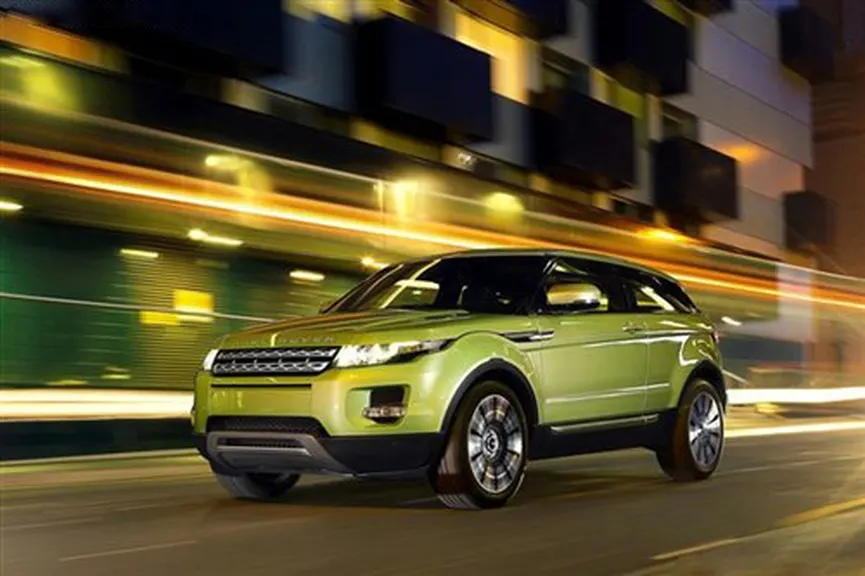
The length of the Range Rover Evoque Coupe is only 4350mm, which is 430mm shorter than the Range Rover Sports Version. Its body height has also been reduced by 187mm to only 1687mm. In addition to the body structure, the five-door version of the Range Rover Evoque maintains the same front, side and rear as the three-door version. However, in terms of body height, the five-door version has an increase of 30mm compared to the three-door version, which will increase the head space of passengers in the car. In terms of power, the Range Rover Evoque is equipped with a 2.0-liter Si4 (high-efficiency turbocharged) gasoline engine with a maximum output of 240 horsepower. Compared with other traditional large-displacement engines of comparable power, this engine is more fuel-efficient and achieves a 20% reduction in carbon dioxide emissions.
Summary:
After more than sixty years of ups and downs, although Land Rover has changed ownerships a lot, it has been displaced among many buyers on three continents, but it relies on the pure, courageous, adventurous and extraordinary concepts that its brand has always insisted on, Land Rover still has a very competitive share in the global luxury SUV market. With the advent of new products, Land Rover continues to write a new chapter in its glorious development history.

